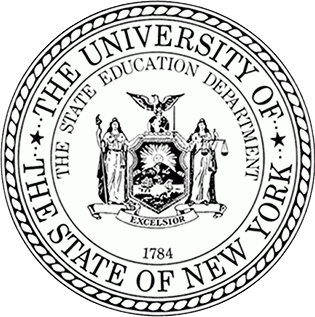
THE STATE EDUCATION DEPARTMENT / THE UNIVERSITY OF THE STATE OF NEW YORK / ALBANY, NY 12234
Deputy Commissioner
Office of Instructional Support
89 Washington Avenue - Room 875 EBA
Albany, New York 12234
New York State has a long history of providing guidance to school districts for developing conceptual and critical thinking in Social Studies. In addition, students should be able to apply these ideas to every day experiences. Although the State Board of Regents sets the learning standards (what a student should know and be able to do), curriculum decisions, including which textbooks to use in the classroom, local lessons, and the pace of the instruction, are locally decided by the school districts. With the ongoing implementation of the NYS Social Studies Learning Standards and related Framework, school districts across the State must reflect on the use of terminology that has historical significance to different countries, groups, or individuals.
One such example is the use of the term Sea of Japan, which, when referenced within lessons or curriculum materials, has also been called the East Sea. The New York State Social Studies Framework does not specifically refer to the Sea of Japan or the East Sea; however, while teaching about this geographical location, school districts should be sensitive and responsive to the historical significance of both names. The NYSED recommends teachers refer to the body of water on the eastern boundary of Asia between Korea and Japan as both the East Sea and the Sea of Japan.
For more than 2,000 years, not just Koreans, but people throughout the world, viewed the body of water on the eastern boundary of Asia between Korea and Japan as the East Sea. In order to resolve the controversy, in 2019, the International Hydrographic Organization (IHO) reportedly urged Japan to negotiate with the Republic of Korea. The IHO was founded in 1921 to standardize the names of seas and oceans and support safe navigation of ships. The name the East Sea was on world maps, including old Japanese maps, until the publication of S-23 “the Limits of Oceans and Seas” by IHO in 1929. During the time when the IHO was creating a list of the names of oceans and seas, Japan had occupied and imperialized Korea starting in 1910 and ending in 1945. Accordingly, Korea was unable to participate in the decision-making process. As a result, only the name Sea of Japan was used in the publication, which fueled the spread of the name on world maps and in textbooks. This practice remained in the second (1937) and third edition (1953) of the publication of S-23 “the Limits of Oceans and Seas” because Korea was either under Japanese rule from 1910 to 1945 or engaged in a war from 1950-1953, the time of the publications.
There are many examples where school districts, BOCES, etc. should be cognizant of terminology that has historical significance and meaning to different communities. If you have any questions or concerns, please feel free to contact the NYSED Office of Curriculum and Instruction at 518-474-5922.





